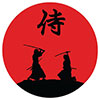Sojutsu is a traditional Japanese martial art dedicated to the mastery of the yari spear. It is considered the second most important martial art of medieval Japan after swordsmanship.
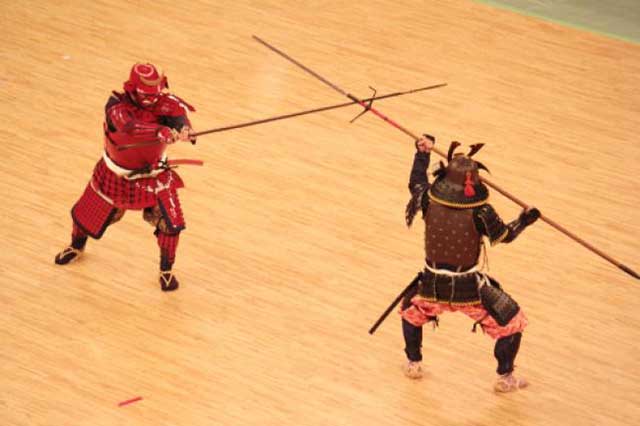
The spear has deep roots in Japanese mythology: according to legend, the Japanese islands were formed from salt drops dripping from the tip of a divine spear held by the god Izanagi. The first spears were borrowed from mainland Asia, but over time the Japanese reworked them, adapting them to suit their own military needs.
During the feudal period, the spear became widely used due to its cheapness and ease of mastery. It became the main weapon of ashigaru infantrymen, especially when combined with firearms and bows. From this time on, specialized units appeared - the yari ashigaru-gummi, squads of piercers from among ordinary samurai and peasants.
With the beginning of the era of Adzuchi-Momoyama (1573-1603) interest in spears increases dramatically. Many warlords begin to prefer yari to naginata. New schools of shojutsu emerge, and the old ones expand their techniques. One of the first schools was Katori Shinto-ryu. Over time, others appear: Hozoin-ryu, Nan-ryu, and offshoots of Shinto-ryu.
Significant schools and types of spears
The monk Hojoin In'ei from Kofukuji monastery in Nara founded the Hojoin-ryu school, specializing in the rare fighting technique of kama-yari jumonji - “cross-shaped spear with sickles”. This technique was also studied in other schools, but only in Hozoin-ryu it was at the center of training.
At the same time, a new type of spear, the kagi-yari (“hook spear”), was created. It was characterized by the presence of an L- or U-shaped bar, designed to grasp and disarm the enemy. Soon schools of spear fighting such as Uchimi-ryu and Safuri-ryu appeared.
Another innovation was the kuda-yari, the “spear with a pipe.” This weapon allowed for quick and unexpected jabs thanks to its movable shaft. Its creator is believed to be Ito Suketada of Oshu, who founded the Kanko-ryu school.
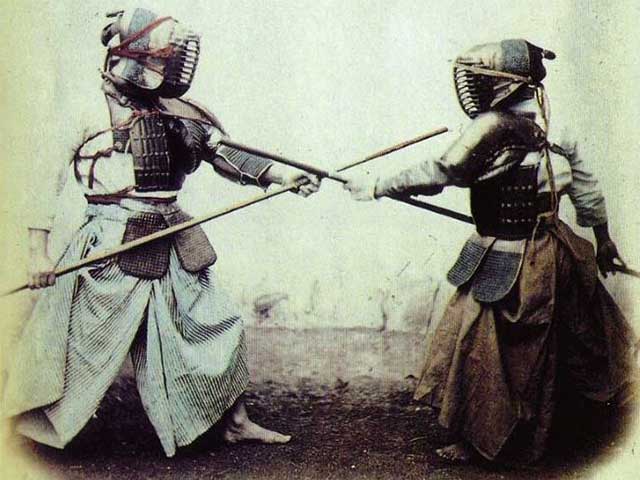
Combat effectiveness and training methodology
The spear is called the “prince and weasel” for its power, speed and technical variety. The basic techniques are left and right kicks and jab. Their rapid succession creates the illusion of continuous circular motion - an important element of spear fighting.
Wooden yari with a soft tip were used for training. Students practiced kata - formalized sequences of movements. For example, in the Katori Shinto-ryu school, the forms Hiryu no yari, Koryu no yari, Tsukidome no yari, and others were studied.
Transition to sport duels
In the Tokugawa era (Edo, 17th-19th centuries) a new era began in sojutsu: sport duels (aimen-shiai) with the use of protective equipment began to be held. These competitions broke down the isolation between schools and facilitated the exchange of techniques. Subsequently, such sparring became the basis of training even at the official military academy of the shogunate, Kobusho, where instead of kata they used fights to train warriors.
Competitions between schools, traveling to improve skills and searching for the best mentors became an integral part of the development of sojutsu. The winners became the teachers sought out by samurai from all over Japan.
Sojutsu Today
Today, sojutsu remains part of the curriculum in traditional koryu schools. For example, the Tenshin Shoden Katori Shinto-ryu and Kashima Shin-ryu schools include spear techniques in the basic course. The Hojoin-ryu school is still considered one of the most famous in this area.
See also
-
Yari
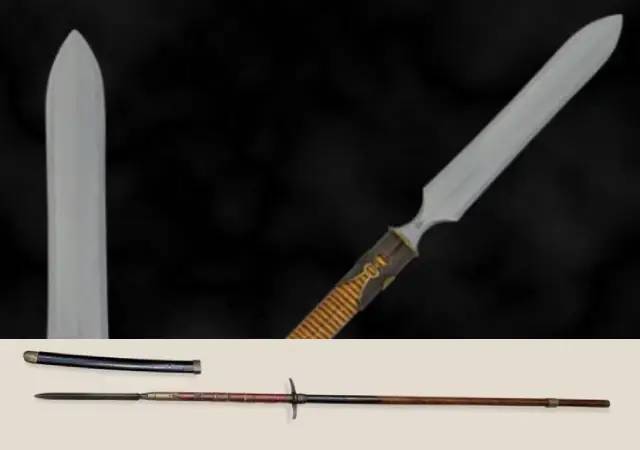
Yari is one of the traditional Japanese cold weapons (nihonto), which is a spear with a straight tip. The art of wielding a yari is known as sojutsu, a spear fighting technique.
-
Wakizashi and tanto

In the history of Japanese edged weapons there are objects that border between the concepts of “sword” and “knife”. This is especially true of the wakizashi, a short sword traditionally carried by samurai along with the katana, and the tanto, a combat knife popular among a wide range of social classes. Both items were worn behind the belt, had a short blade, and were used in close combat. However, there is a fundamental difference between the two, and it goes far beyond simple blade length.
-
Katana and Tachi
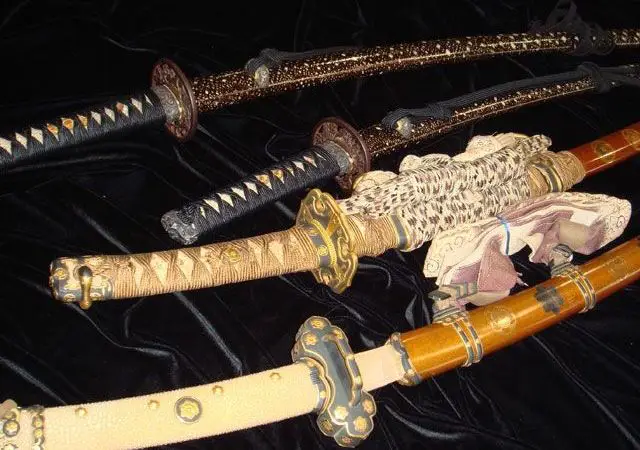
When Westerners think of Japanese swords, they often picture the iconic curved blades like the katana. However, in terms of historical precedence and prestige, it would be more accurate to reverse this image—the tachi predates the katana and traditionally held a higher status.
-
Daisho: The Origins and Evolution of the Samurai Sword Pair
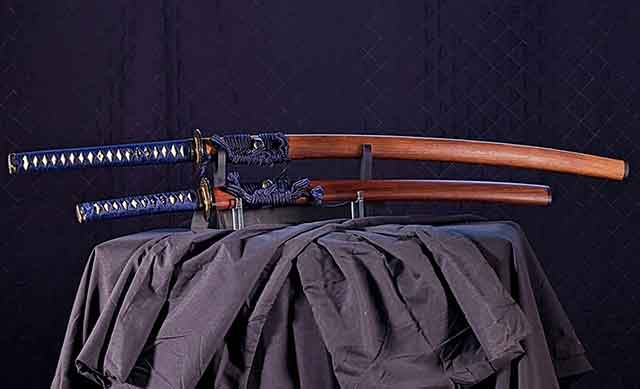
The term "daisho" finds its roots in the combination of two Japanese words: "daito," denoting a long sword, and "shoto," signifying a short sword. The combination of the words daito and shoto made the word. Daisho referred to the practice of wearing both a long and short katana together, regardless of their matching characteristics. While the classic depiction of daisho involves a katana and wakizashi (or tanto) in matching koshirae, any pairing of a longer sword with a tanto can also be considered a daisho. It later came to mean two swords with coordinated fittings. While having blades from the same swordsmith was an option, it was not a requirement for a pair to be classified as a daisho, as this would have been a more costly choice for a samurai.
-
Tanto
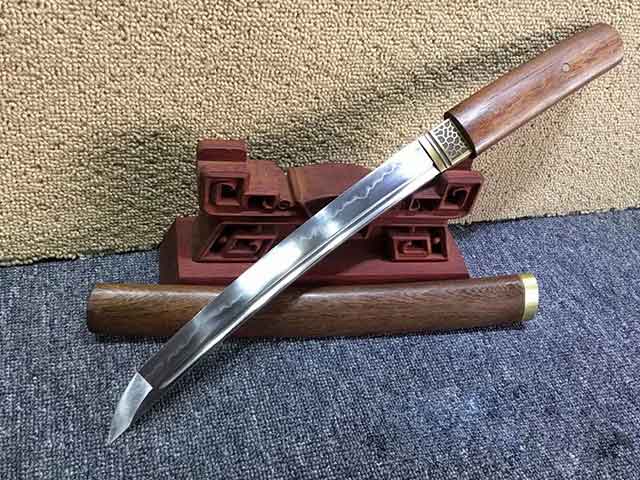
The Tanto knife is a traditional Japanese dagger that was once an integral part of the samurai warrior’s arsenal. It is known for its unique shape and cutting ability, and it is still revered by many martial artists and knife enthusiasts today.
-
Tachi
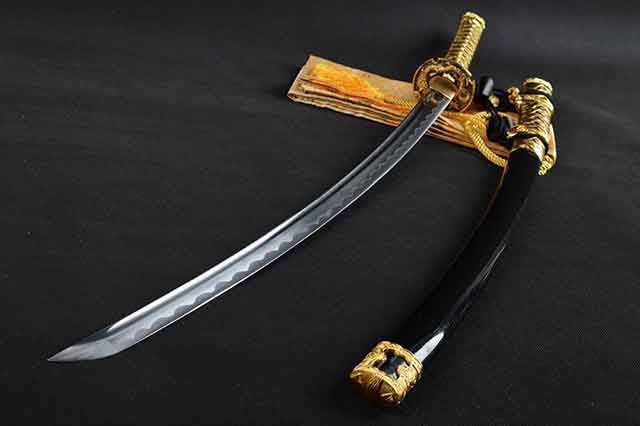
The samurai sword known as Tachi is one of the most iconic weapons in Japanese history. Its unique design and construction made it a popular choice among samurai warriors, and it played a significant role in many battles throughout Japan's history.
-
Nagitana
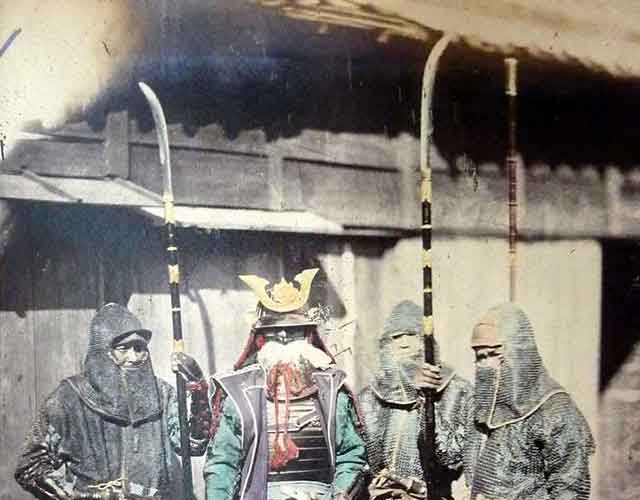
The Nagitana is a formidable weapon that was used by the samurai during feudal Japan. It was a polearm that combined the elements of a spear and a sword, making it a versatile weapon that was effective both at long range and in close combat. In this article, we will explore the history, construction, characteristics, and usage of the Nagitana.
-
Wakizashi
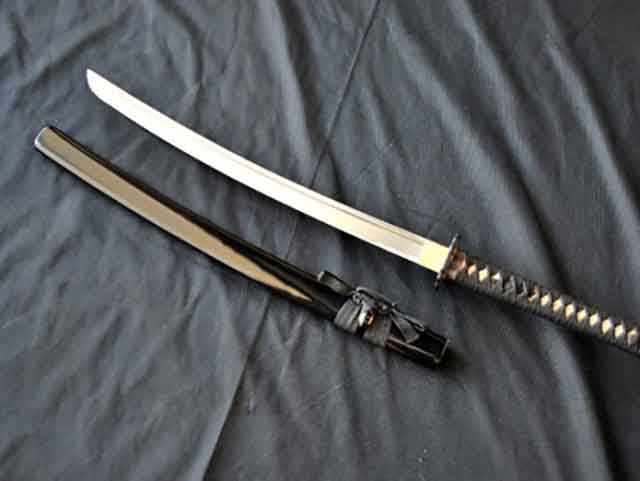
How did Wakizashi come about
The wakizashi, also known as the companion sword, is a traditional Japanese short sword that was widely used by the samurai warriors during the feudal era in Japan. This versatile sword has a long and rich history, and has played an important role in Japanese culture and warfare for centuries.

